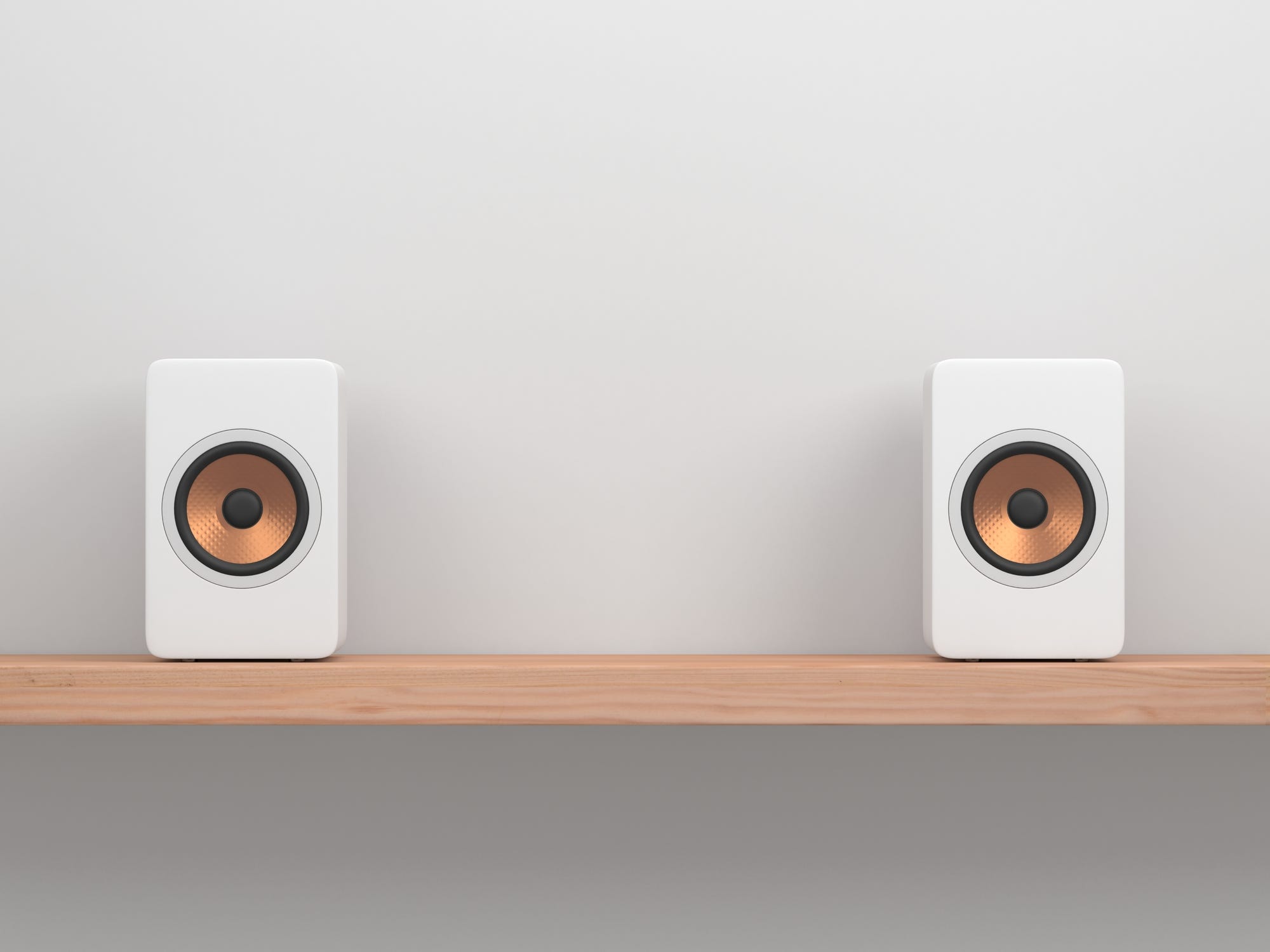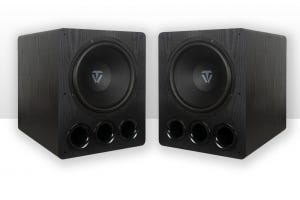
This year in the audio industry, all eyes are on Mayht, a startup company from the Netherlands that just might be transforming the way speakers are made. In any tech field, new innovations are exciting, but innovation in speaker technology is exceptionally impressive; the industry has been dominated by a handful of manufacturers and the same basic design for decades. While startups have come along with claims to make speakers better throughout the years, every one has fallen flat. Mayht's new designs, however, are posed to transform speaker manufacturing, and may quite literally turn the market on its head. To see a small team of innovators accomplish such a feat is impressive, inspiring, and has all audio-lovers on the edge of their seat.
With Mayht's new driver designs patented, the company is quite literally sitting on a goldmine. All they need is a speaker manufacturer to take the lead in producing the first applications of the new tech and introducing it into the consumer market -- and it looks like Sonos will be that manufacturer. The company acquired Mayht in early 2022 for $100 million. Further details about the acquisition and future plans of use for the technology have yet to be released, but it's safe to say that we can expect some groundbreaking releases from Sonos in the coming years.
So, what is Mayht's new driver technology all about? Let's take a closer look:
Transducers Reimagined
Mayht's new technology is called Heartmotion, and is what the company calls "a mechanical marvel." Heartmotion is a completely reimagined design for speaker drivers, the core technology within a speaker that produces audio waves via vibration. Up until Heartmotion, almost all speaker drivers have followed the same cone-like shape with a single flexible membrane, which is effective, but has its limitations. Heartmotion features two membranes on opposite sides and motors that move both of them simultaneously. This dual-membrane motion creates a speaker driver that is perfectly balanced, leading to a number of breakthroughs in speaker design.
The most striking benefit is in size -- a Heartmotion driver can produce the same output level at a much smaller size compared to traditional drivers. For example, a conventional 8 inch driver has the same output as a 3.5 inch Heartmotion driver. A more compact driver means smaller, more powerful speakers. These new developments in size also imply developments in weight. Heartmotion drivers are 5 times lighter than their conventional counterparts with the same maximum output.
The Heartmotion driver is also the first self-balancing driver ever made. Traditional drivers create vibrations in one direction, leading to an unavoidable shaking, which is typically counteracted by adding weight to a speaker's cabinet. You still probably notice that your speakers tend to vibrate when you play music at high volumes. Heartmotion's counter-balancing membranes eliminate this problem, allowing for lightweight audio systems that don't shake.
Another major problem in the audio industry is air pressure; once speaker drivers are placed in an enclosure, they are working against the air pressure to produce vibrations, leading to high amplifier power needs to get the bass out. Heartmotion drivers can operate in enclosures up to ten times smaller than a conventional driver without requiring more amplifier power; they have the highest bass sensitivity of any driver in the same enclosure size.
For maximum versatility, Heartmotion drivers have three air displacement variations: dual firing, front firing, and front side firing. Heartmotion Ducts can redirect air displacement on either or both membranes.
Endless Applications
We have yet to see any specific plans from Sonos on how they will apply Heartmotion to new speaker designs, but Mayht has indicated that the potential applications of the driver are far-reaching. Most of the speakers on the consumer market today could be transformed completely.
Firstly, Heartmotion drivers remove the need for separate subwoofers within soundbars, as the compact drivers will be able to produce booming bass in a small enclosure. Voice-assisted home audio products and wireless speakers will be able to produce high quality sound in extremely small packages, so we can expect to see much smaller speakers coming into the market. The drivers can also be used for automotive and professional audio solutions -- the possibilities are endless.
The icing on the cake for Heartmotion is that its smaller, more compact design uses less material and weighs less, resulting in reduced CO2 footprints in terms of manufacturing and transport. Companies that support Heartmotion will also be supporting a greener future.
If you're excited to see Heartmotion technology reach the hands of consumers, keep your eyes and ears open for Sonos announcements in the coming months.





